Car Accident Scenarios Who is at Fault
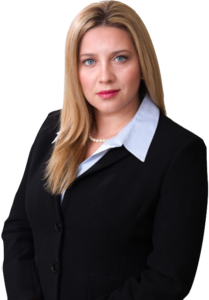
After any car accident, one of the first questions asked is: Whose fault was it? We place importance on that question, in part, because our legal system uses fault (or something equivalent to it) as the measuring stick for who-pays-who for damages inflicted by the accident.
The answer to that question is not always straightforward. Opinions may differ as to who caused a particular accident. And there is never a single answer that is correct for every situation. Every accident has its own unique facts and circumstances, after all.
In this blog post, we take a look at a variety of car accident scenarios and explore who may bear fault for purposes of gauging legal liability. If you have questions about who was at fault in a car accident that injured you, contact an experienced car accident attorney.
Defining Fault
Before we dive into different types of car accidents, it helps to pause and consider what we mean by the word fault. In the context of car accident law, fault is shorthand for someone having acted, or failed to act, in such a way as to breach a duty of care to others, which caused the accident and/or injuries. A duty of care is an obligation we owe to each other has citizens not to act in a way that is reasonably likely to cause someone else harm.
When someone drives drunk or runs a red light, for example, that person violates a duty of care not to put others on the road in danger. If an accident happens and someone else gets hurt, we say the driver who violated a duty of care is at fault and should pay damages to the injured parties.
Lawyers look for a variety of at fault parties in any car accident scenario, focusing on who has fault not just for causing an accident, but also for the injuries that result from it. Sometimes, the party most able to pay damages has no fault for how the accident happened, but bears all of the fault for injuries. For example, an auto manufacturer may bear fault for injuries that defective safety features—such as faulty airbags—failed to prevent.
Fault in Various Car Accident Scenarios
So, who might have fault for a car accident? The simple, if not particularly satisfying, answer, is: it depends. The facts of each particular accident will determine who has fault for it. Without knowing specific details, no one can assign fault with any certainty.
But, we can make some generalized observations about fault in some typical car accident situations. Here are some examples.
Fault in Rear-End Accidents
Rear-end accidents are some of the most common accidents on American roads. They most commonly occur when the front end of one car collides with the tail end of a slower-moving or stopped car traveling in the same direction. Because of the particular mechanics of that sort of rear-end collision, we tend to assume fault lies with the driver of the trailing vehicle. After all, drivers have an obligation to operate at a speed that allows them to stop in time to avoid a collision with anything in front of them.
While the trailing driver is probably the most common at-fault party in a rear-end collision, he is not the only possible party with fault. First, the driver of the lead vehicle may have fault if, for example, she intentionally slammed her brakes to frighten the trailing driver or to induce a collision. (The lead driver could also have fault if the accident happened in reverse—that is, if she backed into the trailing driver.)
Parties other than drivers could also have fault for a rear-end collision. Take, for example, the manufacturer of the brakes on the trailing vehicle. If the brakes have a defect that causes them to fail when the driver steps on them, then the manufacturer could be at fault. Or suppose the road surface is especially slippery because a construction crew failed to clean up a load of sand. In that case the road contractor may have legal liability.
Fault in T-Bone Accidents
T-bone (or broadside or angular) collisions occur when the front end of one vehicle collides with the side of another. They occur most commonly at intersections and in other driving scenarios in which traffic crosses at right angles. They are some of the most deadly accidents on Washington roads, particularly for occupants of the vehicle hit on its side, who have little in the way of protection from a violent impact.
In a typical two-car T-bone collision, either driver, or both of them, could have fault. These accidents often happen when one or more driver ignores a stop sign or red light. They can also happen when one driver makes an aggressive decision, such as turning across a lane of oncoming traffic, that the other driver fails to anticipate or is driving too fast to avoid.
Like rear-end collisions, other parties could also share fault for a t-bone collision. A municipal government that designs a dangerous intersection or fails to maintain adequate or working traffic control signals could have fault for an accident, for example.
Fault in Head-On Collisions
Head-on collisions, as the name suggests, happen when two vehicles collide front-to-front, most often when one vehicle drifts or departs from its lane of travel into oncoming traffic. Though they are relatively rare as traffic accidents go, head-on collisions frequently result in catastrophic injuries and loss of life because of the violent forces involved.
Fault for head-on collisions typically falls to one of the two drivers, usually the driver whose car enters a travel lane heading in the wrong direction. This can happen when a driver dozes-off behind the wheel or drives drunk, and veers into an oncoming lane. It can also happen when a driver makes an ill-advised decision to pass someone on a two-lane road with one lane in each direction, and collides with a vehicle in the oncoming lane before returning to his travel lane. And sometimes it happens when a motorist drives the wrong way on a one-way street or on a closed highway. In all such circumstances, the driver whose car entered an opposing lane of traffic generally has fault for the accident.
But not always. There are circumstances where the car coming in the opposing direction should yield to the other car, such as when cars must yield to left-turning traffic at an intersection with a left-turn arrow. Head on collisions can also be the fault of auto manufacturers if, say, a vehicle defect makes a car difficult to control and causes it to veer into an oncoming travel lane.
Fault in Single-Car Accidents
Single-car accidents occur when a motorist loses control of a vehicle rolls over, drives off the road, or collides with a stationary object. On the surface, one might assume single-car accidents are always the fault of the driver. But that isn’t the case. Drivers in single-car accidents too-often blame themselves for a crash. In fact, as often as not, fault for single-car accidents lies elsewhere.
To begin, even without a collision there can still be another motorist who causes a single-car accident. Take, for example, the common scenario in which a car swerves and crashes into a tree or road barrier in reaction to erratic driving by a second vehicle that goes unharmed. In that case, the driver of the second vehicle has fault, even though he wasn’t technically involved in the accident.
Similar to other scenarios above, automotive manufacturers and municipal road contractors may also have fault for single car accidents if their actions create unsafe conditions leading to a crash. Another party who could have fault for a single-vehicle accident is a drug manufacturer, if it markets a medication with dangerous side-effects without warning about them, leading a driver to fall asleep or to become disoriented behind the wheel.
How Attorneys and Others Determine Fault for Car Accidents
As we said at the outset, fault forms the core of the inquiry into who has legal liability for a car accident and the damage it inflicts on innocent victims. Accordingly, lawyers, insurance adjusters, judges, and juries focus a significant amount of effort on determining fault in car accident cases.
Finding fault means investigating facts in detail. An attorney representing a client injured in a car accident will usually try to collect as much evidence as possible about the accident, and then (sometimes with the help of forensic experts) will piece that evidence together to form a picture of whose actions led to the collision or single-car accident. In performing this task, lawyers pursue the facts as far as they go until there is no longer a provable, reasonably foreseeable connection between someone’s actions and the accident and injuries.
Evidence pointing to fault in a car accident can come from a wide variety of sources, including eyewitness accounts, photographs and video of the accident scene, police reports, and forensic examinations of the vehicles involved. Anyone involved in an accident should, if possible, try and collect and preserve as much of this evidence as possible. These days, virtually everyone carries a smartphone they can use to snap pictures and take video at an accident scene. Shooting as many images of the accident scene as possible can make a large difference when it comes time for your lawyer to prove fault.
What Happens After an Attorney Identifies at Fault Parties?
After evaluating the evidence and deciding whose fault it points to, an attorney typically discusses a strategy with his or her client for recovering the compensation the client deserves. One common approach is to identify those at-fault parties with the ability to pay (either through insurance and/or their own assets) and to send them a demand letter asking for compensation. That typically opens a round of negotiations over a potential settlement of the injured person’s claim.
Most car accident matters get resolved through a negotiated settlement. But not all of them. Sometimes, a lawyer and her client must take a case all the way to trial to prove fault by showing a jury the evidence and asking them to award damages. A jury hears the evidence and decides whether the attorney has proved fault by a preponderance of the evidence (which basically means “more likely than not”). If so, then the jury decides the amount of damages to award to the accident victim.
Finding the Best Attorney for Proving Fault
Proving fault for a car accident is not always easy. It takes persistence in exploring the evidence, attention to detail, and a willingness to follow the facts wherever they lead. How do you know if your attorney has what it takes? Here are some tips for deciding on the best attorney for proving fault in your car accident case:
- Choose an attorney with years of experience. Your life and livelihood are too important to trust to an attorney who has not spent her career fighting on behalf of victims of car accidents.
- Pick a lawyer with a track record of success. There are no guarantees in car accident claims. But you can trust that an attorney who can point to significant successes on behalf of other clients knows what it takes to recover all the compensation you deserve.
- Select a law firm with resources to pursue a case to the fullest extent necessary. Some firms can end up in over their heads on a case when it turns out there are more parties at fault than first anticipated. Choose a firm that has enough staffing and funds to prevent that from happening.
Remember, there is no single answer for who has fault for a car accident. An experienced Washington car accident lawyer can help evaluate who has fault for the accident that injured you. Contact a skilled car accident lawyer today to schedule a consultation and to learn more about who might have fault for your car accident.
2200 6th Avenue, Suite 768
Seattle, WA 98121
Free Consultation
We Are Here For You 24/7
Reviews
– Elissa M.
“Really pleased with Boohoff Law! Received immediate responses when I had any questions. Treated amazingly by all staff … made this process a true breeze!”
– Caitlyn M.
– Brandy K.
Related Posts
What Happens if the Trucking Company Claims I Was in the Blind Spot?
Wrecked by a Semi in a Pile-Up? How To File a Claim if You Were Injured in a Multi-Vehicle Truck Crash
Navigating the Maze of Liability: When an Out-of-State Motorist Causes Your Accident
Recovery is personal.
We’re here for you.
We’re close by. And if you can’t make it to us, we’ll meet you where you need us, at home or in the hospital.
You're better off with Boohoff.
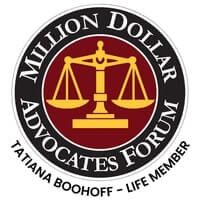

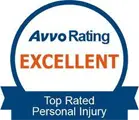
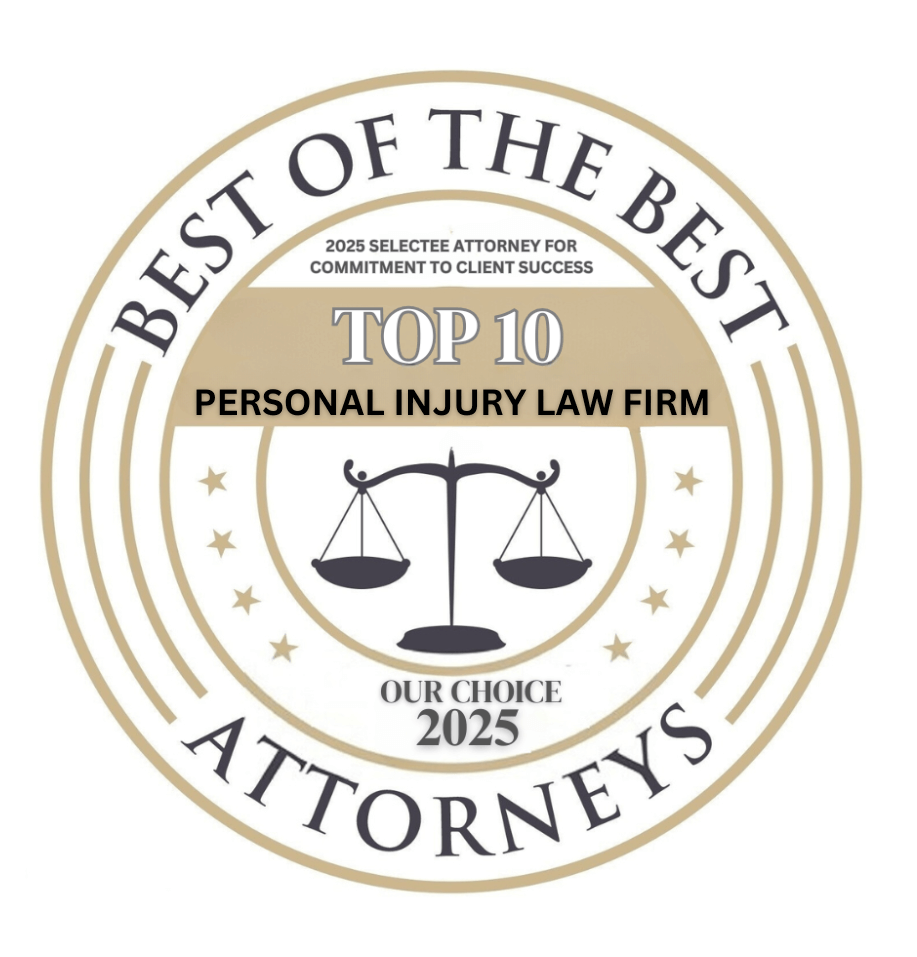
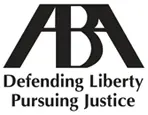
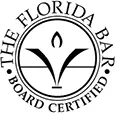
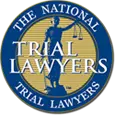
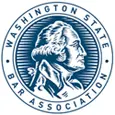
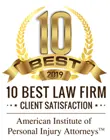

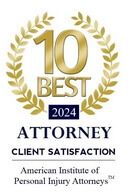
The information on this website is for general information purposes only. Nothing on this site should be taken as legal advice for any individual case or situation. This information is not intended to create, and receipt or viewing does not constitute, an attorney-client relationship.
available 24/7
(877) 999-9999
